Design Practice: Start-up Costs for Architects and Designers
Too often we let simple obstacles become excuses that stop our progress. In my experience, I’ve found that the biggest perceived barrier to progress is cost. I say perceived because I’ve often found that many people think starting their own business is far too expensive to manage, so their dream never gets off the ground. I’ve also found that many people have no idea what it actually costs to get a business going.
I’m a big believer in the lean start-up methodology, which seeks to create a minimum viable product (MVP). Think of the MVP as a rough sketch or approximation of your business. You’ll want to start by investing a small amount of money to get it close and refine it along the way as you get more and more projects and experience.
Here are some start-up costs to consider.
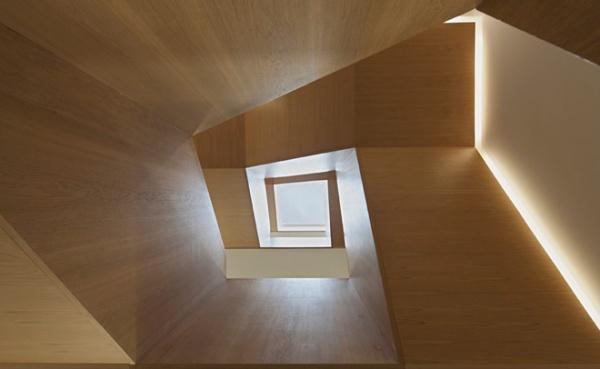
Structure. Your first step is to decide who you’ll be serving by choosing a niche and establishing your business structure. Most choose sole proprietorship, for which there is no fee. If you choose to create a limited liability company (LLC), you can file for it yourself (here in Maine it’s about $200), or you can use a service like LegalZoom for $99 plus your state filing fee (as low as $45 in Arkansas to as high as $612 in Illinois).
Cost:
Sole proprietorship: $0
LLC: about $150
See more about structuring your business
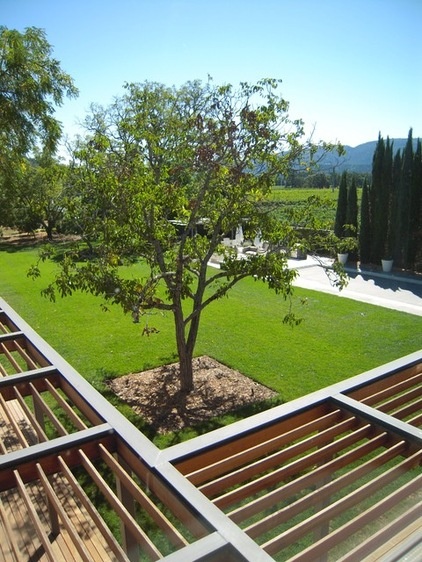
Licenses and permits. If you require a professional certification or license to practice, you’ll need to count this among your start-up expenses. Licensing fees vary by state and locale, but this is usually a minimal cash outlay. My architecture license costs $75 per year (some states charge significantly more), and I maintain my council record with the National Council of Architectural Registration Board for $225 per year. I was also required to file an initial Doing Business As (DBA) form with my town for $10 when I opened my business. Check your local regulations for specifics.
Cost: About $300 to $700, depending on state and local requirements
Professional liability (PL) insurance. Insurance will sit at the top of your expense list, should you choose to pursue it, and the cost will vary depending on the deductible, the coverage and your exposure to risk. In some parts of the world, PL insurance is compulsory, so be sure to understand your local regulations. The design profession is fraught with risk, but the high cost of PL insurance deters many design professionals, especially early on. It’s a serious decision with definite consequences. If you choose not to carry it and you’re a sole proprietor, be aware that you’re exposing all of your personal assets to any lawsuit a client may file, because there’s no wall between your business and personal assets; they’re viewed as one and the same.
Cost: $0 (you’ll assume a higher risk) or $5,000 and up per year, depending on deductible and coverage
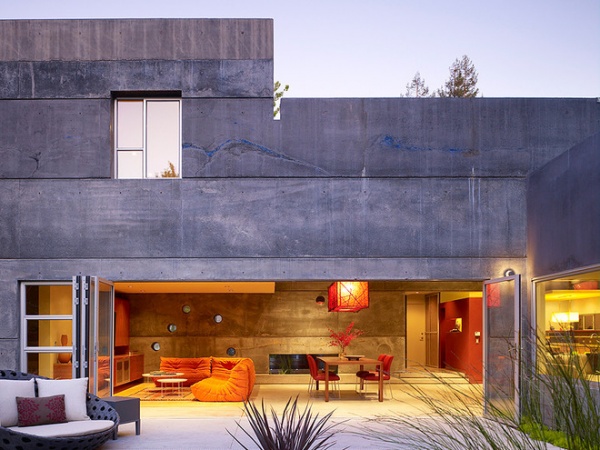
Branding. This has been a theme throughout this series, because that’s the primary asset that you’re building. Your brand is your business, and everything you do contributes to your brand image. Branding costs can be substantial for established companies, from letterhead and logo design to everything else. To keep your costs down, rely on your creativity for your early branding. Print your own business cards, design your logo and develop your marketing materials in-studio. You’ll have the time early on while you’re pursuing and qualifying leads and laying the groundwork for your firm. Fine-tune your strategy as you take on projects and build your brand, pivoting as needed and always making it better.
Cost: $0 plus your own sweat equity
Marketing. Your business development falls squarely on your shoulders, and you’ll quickly find that generating project leads and turning them into clients is constant, hard work. But announcing your presence to the world is easier than ever today and doesn’t have to be expensive. A great first step is to complete your Houzz profile, upload high-quality photos of your work, create projects and solicit reviews from former clients and colleagues. Houzz also offers a no-cost website creator that is an alternative to paid website hosting.
Cost: $0 plus your time
See more on marketing your business
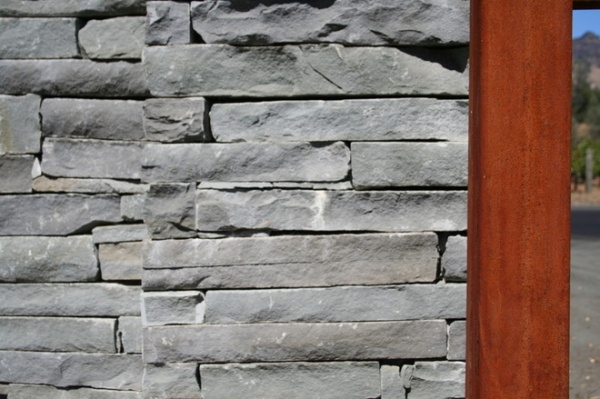
Website. This is an area where you’ll benefit greatly by spending a little. Purchase your business’ name in domain form (.com, .net etc.) along with a theme and build your website — your virtual storefront. It’s important to lay claim to your business’ slice of online real estate for many reasons; chief among them is that it’s an integral part of your brand’s identity and a powerful tool you can leverage to develop and qualify leads.
Cost: About $150 for hosting, theme, and domain
Studio. Start out by establishing a home office. You don’t need all of the stylings of a huge corporate firm. Don’t even try to compete with the larger, more established firms, especially when it comes to the working environment — at least not yet. The monthly rent savings will provide a longer runway for your business to gain a foothold in your market. That’s potentially thousands of dollars right off the top that your business won’t have to come up with each month. This also will relieve some of the pressure you’ll feel to accept any and all work that comes along. It will support your brand-building efforts too, because you’ll be able to select the right projects and the right clients for the right reasons.
Cost: $0. Your living expenses will remain a direct personal expense, but if you claim the Home Office Deduction, you can apportion part of those living expenses to the business and receive a healthy tax benefit.
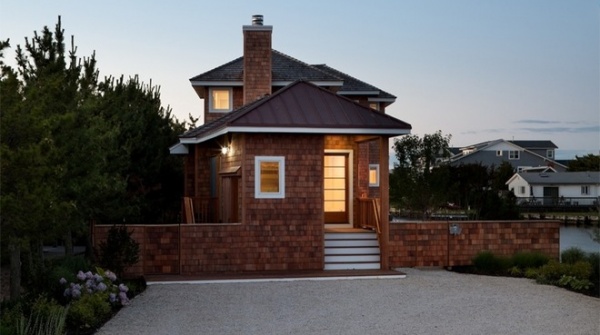
Furniture. Even though you’re working from home, you’ll still need to outfit your studio with a few essentials. Try to repurpose furniture. A couple of bookcases, a desk or drafting table, and a few chairs are really all that’s necessary to get started.
Cost: $400. Ikea and flea markets are your friend.
Supplies. Trace, pens, pencils, paper, binders, folders, files —you’ll need some of each. A trip to a local office supply warehouse shouldn’t set you back much, especially if you already have some of the materials lying around.
Cost: $100
Smart phone. If you’re like me, your smart phone is a trusted companion, your tiny mobile office and office assistant. If you don’t already have one, consider getting one; I think it’s an invaluable tool for any business owner. If you do have one, keep track of your expenses and the percentage it’s used for business for tax purposes.
Cost: About $300 for the phone and about $100 per month for service
Phone (landline) and Internet. Aside from being good business practice, separating your business from your personal life is critical to maintaining your own health and sanity. Having a dedicated phone line with voicemail helps to compartmentalize this critical aspect of your business. This way you can formulate the boundaries for answering or not answering on your own terms. If it’s available, you can even bundle the service with your Internet service, another obvious essential, and reap some savings.
Cost: About $100 per month
See more on setting up your studio
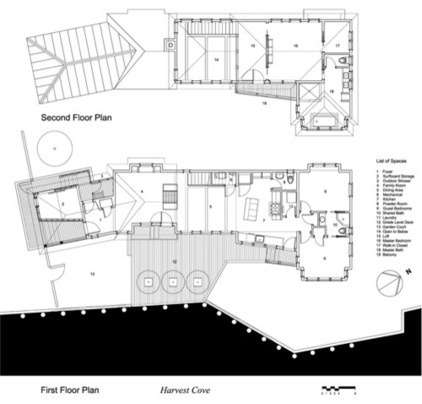
Software. There are several types of software you’ll need to get started. For drawing and graphic presentation software, the decision can be somewhat complicated.
Cost:
Basic entry level: $0
Upgraded: $1,000
BIM compliant: $5,000
See more on picking software
Meanwhile lean start-ups can utilize the robust word processing, presentation and spreadsheet tools available on Google Drive for free. Evernote is another invaluable (and free) tool for cataloging meeting notes and all manner of project-related information. Be sure to sign up for free space on Dropbox and use that for all of your file management. This will save you from having to purchase a separate dedicated backup system. All this will be invaluable to providing a good customer experience.
Cost: $0 if you utilize free tools
See more about providing the best client experience
You could hire a bookkeeper and an accountant to manage your finances, but lean start-ups do their books in-house. Intimidating at first, yes, but accounting is a necessary skill for any business owner, so take some time to learn it. For accounting software I prefer the cloud-based systems with integrated invoicing: Harvest, Freshbooks or Wave (which is free). But there’s always the industry standby, Quickbooks, too.
Cost:
Free cloud-based system: $0
Quickbooks: $200
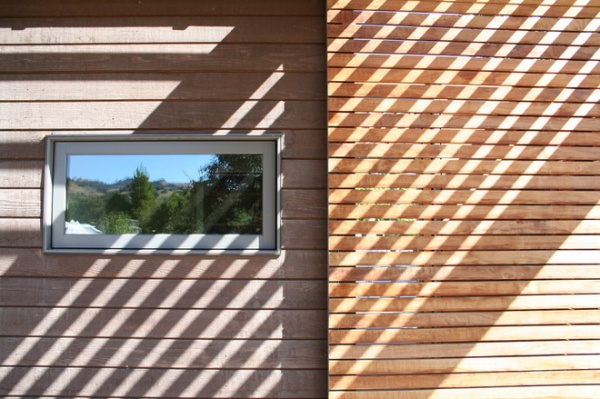
Computer hardware and equipment. If at all possible, repurpose an existing computer system. If you don’t have one, purchase a decent, midlevel laptop. This will serve as your portable studio when you need to get away from your home office and will be your multipurpose presentation and production workhorse. Along with your website and your smart phone, this is one of the high-priority initial investments you can’t live without. Be sure to pair this decision with your drawing software decision, because not all CAD programs are cross-platform compatible.
Cost: $0 if you already have one; about $2,500 if you need one
All-in-one printer, copier and scanner. Either repurpose an existing printer or, ideally, go all digital. Chances are, you’ll need to print or scan something even if you’re committed to saving trees. Pay attention to the cost of consumables like ink or toner cartridges before purchasing.
Cost:
All digital (phone scan tools, PDFs etc.: $0
Ink jet or laser printer: $150 and up
Plotter. This can actually wait until you secure your first real project, so don’t let this be another red light. At some point you’ll probably want to purchase a plotter for the convenience of it. But you can operate for quite a long time without one if you have access to reprographic services nearby. Be sure to include those fees in your contract, as repro costs can add up. Once you own a plotter, everyone who knows this will want large-scale prints. Set up a fee early on for any printing services you offer, and you’ll have a little extra spending money to help build the business (and even pay for the plotter).
Cost: $0 if you use external services; $1,000 and up for a plotter
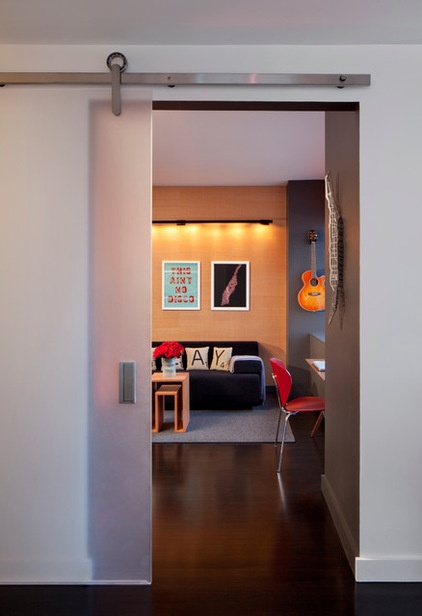
Don’t forget to keep track of all of your depreciable expenses (equipment, furniture etc.) throughout the year. Items can be depreciated over the course of their usable lifetime (often counted in years and variable, depending on the equipment) or they can be depreciated all at once in a single tax year. Speak with an accountant to decide what makes the most sense for your situation — which brings us to the next expense.
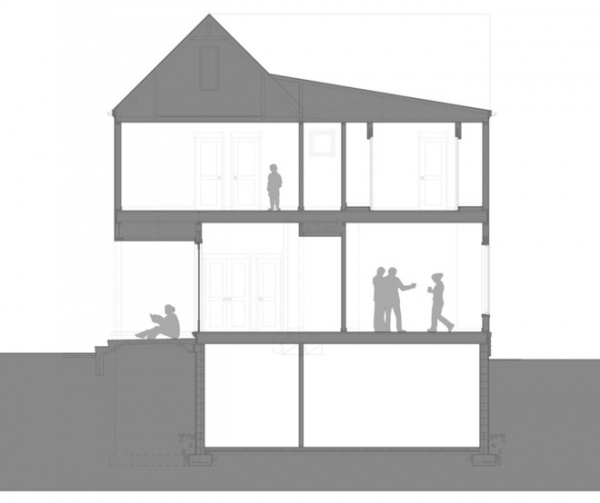
Professional advice. Professional advice on structuring your business, developing contracts and making important financial decisions, while not inexpensive, is invaluable. This isn’t a place to be lean. Lawyers can help protect both business and personal assets. Accountants and financial advisers can help formulate a tax or business strategy based on your individual needs and assets. Paying for advice up front often saves significant money later.
At a minimum try to develop one or two professional mentorships for your business. They don’t always have to be a business owner in the same field as you. All business owners faces similar issues, and a mentor can be especially helpful when you encounter the inevitable unfamiliar situation.
Cost:
Free professional mentorship: $0
Lawyer, accountant or financial adviser: $150 to $500 and up per hour
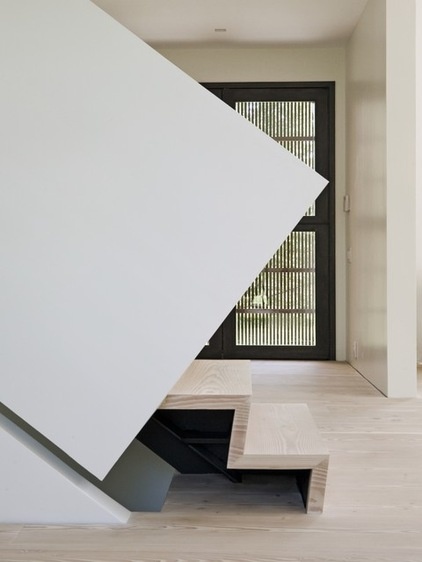
There is one last cost, and this is one that you’ll need to confront whether or not you decide to open your own firm.
Opportunity cost. Evaluate what you’re giving up if you choose not to open your business. While running a business isn’t everyone’s dream, if it happens to be one of yours, you should be aware that there are some pretty high costs associated with not pursuing your dream to open your own firm. Don’t let the opportunities pass you by. It’s up to you to take that most difficult first step and, following that, every one in between. Every month you delay is a month that you’re choosing to build someone else’s business and not your own. It’s time that you could spend building your reputation, building connections, networking, designing and bringing value to your clients.
Even if your business doesn’t turn out to be the success you’d always envisioned, you’ll still be left with the experience of building a business from scratch. Personally, I wouldn’t trade that experience for anything. Saying yes to the opportunity will open doors you never imagined.

Total cost. So where does this leave us? Sum total I would argue that you need only four physical things to open your own practice: a laptop, a website, a phone and a place in which to work. If I tally the individual components discussed above, I come up with a lean budget of about $1,500 (if you already own a laptop) and something closer to $4,000 without a laptop.
Granted, these are raw costs. You’ll want to have saved some money for expenses for yourself while you’re getting going, but if you apply the lean model to your personal life too, then the amount you’ll have to save will be just as trim.
If you’re not prepared to invest a couple of thousand dollars in your firm, or commit to a few very lean years, then you’re probably not ready. It’s surprisingly little when you think about the earning upside and potential value of the brand you’ll be creating. Of course, the intangibles of starting your business are much harder to quantify and assign a dollar value to.
Opening your design practice requires a lot of things; most of them are mental, though, not physical. It requires determination, resolve and a lot of hard work, but it doesn’t require all of the lights to be green for you to get started. Take a small action today toward making that goal a reality — you’ll be glad you did.
More:
How to Start Your Architecture Business | The Basics of Marketing Your Business | Setting Up Your Studio | How to Get Hired | Getting Paid | How to Ensure the Best Client Experience | How to Pick the Right Drawing Software












